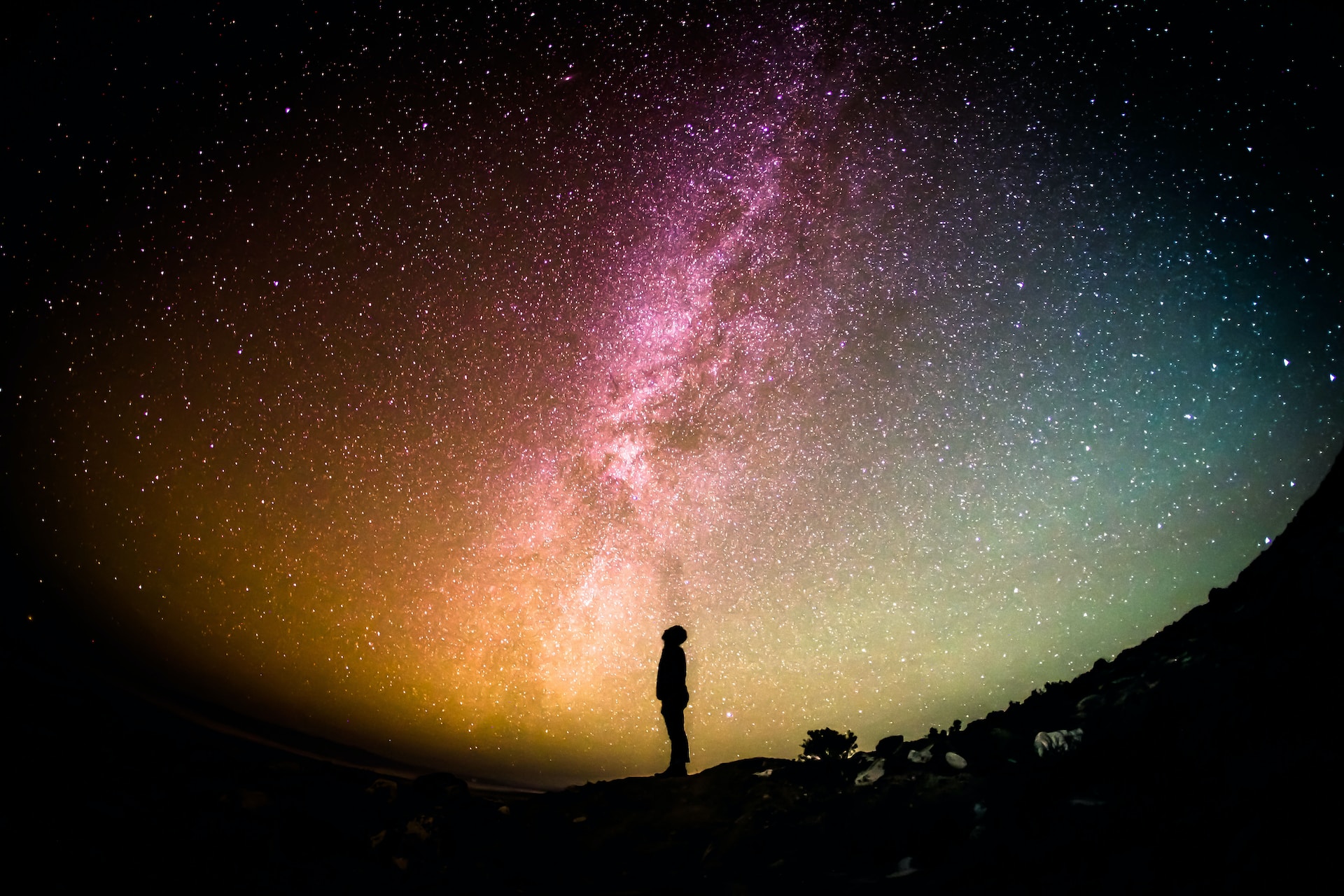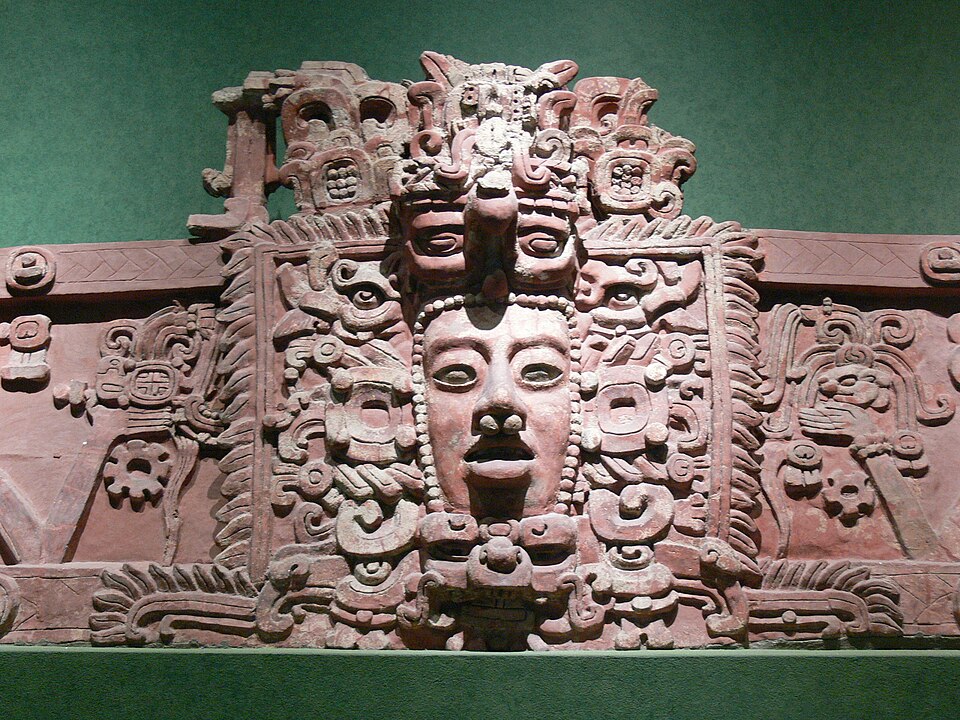Throughout history, ancient civilizations have shaped our understanding of astronomy. By observing the night sky and developing sophisticated astronomical systems, these civilizations developed their societies and paved the way for future scientific discoveries. Their observations and findings of celestial phenomena became intertwined with religious beliefs and cultural practices, giving today’s insights a better understanding of what lies ahead when the naked eyes are powerless.
Here are famous ancient civilizations and their contributions to the field of astronomy:
1. Babylonian Astronomy (Mesopotamia)
Dating back to 1800 BC. Babylonian astronomers tracked the movements of planets and stars and made detailed records of lunar and solar eclipses. They were among the first civilizations to record the activities of the sun and moon and keep a very clear description of these movements, including the celestial bodies’ daily, monthly, and yearly positions.
Ancient Mesopotamian cosmology and creation mythology reflect this disconnect between the beliefs of the Egyptians and theirs. The only constant is the design of the ancient primordial waters from which the world arose.
The Mesopotamians were among the first astronomers to record celestial events on clay tablets. They developed a calendar based on the lunar and solar cycles and created the zodiac, a system of constellations along the ecliptic. Babylonian astronomers tracked the movements of the planets and stars and recorded eclipses in detail.
With their observations, they developed a calendar based on the lunar and solar cycles and created the zodiac, a system of constellations along the ecliptic. This information initially had mystical value and was used to warn the king of possible catastrophic events. It is said that the first appearance of the famous comet Hailey was recorded by the Babylonians, who were also the first to divide the sky into regions.
2. Greek Astronomy
Greek astronomers were popularly known as the fathers of ancient astronomy since formulating theories and mathematical equations was their primary discovery to explain the universe. Greek philosophers such as Pythagoras and Plato introduced more mathematical rigor to astronomy. Pythagoras was famous for his mathematics and was also a contributor to astronomy. He thought that the earth was spherical like other celestial bodies. He got this idea when he saw ships disappearing on the horizon as they set sail. He was the first to suggest that the motions of the planets, sun, moon, and stars could be likened to numbers.
Another notable Greek scholar was Eratosthenes. He excelled not only in astronomy but also in geography, mathematics, poetry, and music. He is best known for several astronomical breakthroughs. One of his most important contributions was the calculation of the circumference of the earth. His calculations were only a few hundred or a few thousand kilometers away. This is very accurate considering the need for more appropriate technology these days. He was also responsible for calculating the tilt of the earth’s axis and conceptualizing leap days.
3. Ancient India Astronomy
Indian astronomy, known as Jyotisha, focuses on the relationship between celestial phenomena and human life. Indian astronomers have developed sophisticated mathematical techniques, such as trigonometry, to calculate the positions and movements of the planets.
There are many contributions from ancient India to astronomy, but the most notable is that of Aryabhatiya. Although his works claim that the world is geocentric, many are still valid for modern mathematics and astronomy. Aryabhatiya assumed that the earth rotates on its own axis and that other planets and the moon shine through reflected light from the sun. Indian astronomers have also proposed the concept of a heliocentric model of the solar system.
4. Mayan Astronomy
The Maya civilization of Central America created complex calendars based on astronomical observations. The ancient Mayans could observe and record these movements through their invented shading devices.
While the Mayans, like many ancient peoples, lived their lives following the cycles and rhythms of the universe, they also attached great importance to the correlation between time and space, believing that the purpose of humanity is to count the days of creation and to maintain the sacred calendar of the cycles of time. Through these observations, they developed the Mayan calendar to keep track of time. They accurately calculated the length of the calendar year and developed sophisticated methods for predicting celestial events, including solar eclipses.
5. Egyptian Astronomy
Possessing one of the most advanced and rich cultures, Ancient Egypt made significant contributions to astronomy today. Egyptian civilization was heavily influenced by astronomy due to its reliance on the annual flooding of the Nile, which was linked to the heliacal rising of the star Sirius.
As in any ancient civilization, the movements and patterns of the sky triggered the creation of myths to explain astronomical events. Interestingly, The Great Pyramid of Giza is believed to be aligned with great precision to key points and various celestial events. The Nabta Playa is another fascinating astronomical site in Egypt. This is where a circular rock structure is located that is believed to be a giant calendar to determine the summer solstice date.
6. Chinese Astronomy
Chinese astronomy was one of the most detailed records of astronomical observations. In detailed records, Chinese astronomers documented celestial events and phenomena, such as comets and supernovae. With the development of calendars based on the lunar and solar cycles, they used observations of eclipses to advance their understanding of celestial mechanics.
The Chinese have one of the most detailed records of astronomical observations. Gan De was one of the most remarkable astronomers of ancient China. He was the first to notice Ganymede, which he described at the time as a small reddish “star around Jupiter. Shi Shen has also created one of the oldest and most detailed star catalogs – Star Catalogue of Shi.
7. Persian Astronomy
Astronomy was very popular in the post-Islamic Persian civilization. Prominent astronomers Abd al-Rahman al-Sufi and Abu Mahmud Hamid ibn Khidr al-Khujand were few among the many experts who made comprehensive studies of celestial bodies. The former was commonly known as Azophi and described The Andromeda Galaxy in his book while making some corrections and revisions to the original concept of constellations by Ptolemy. The latter built a giant sextant to calculate the earth’s axis.
Conclusion
Studying the achievements of these ancient civilizations gains a deeper appreciation for the rich history of astronomy and the enduring impact of their discoveries. They shaped astronomy by observing and recording celestial events, developing calendars, and proposing various models to explain the motions of heavenly bodies.




